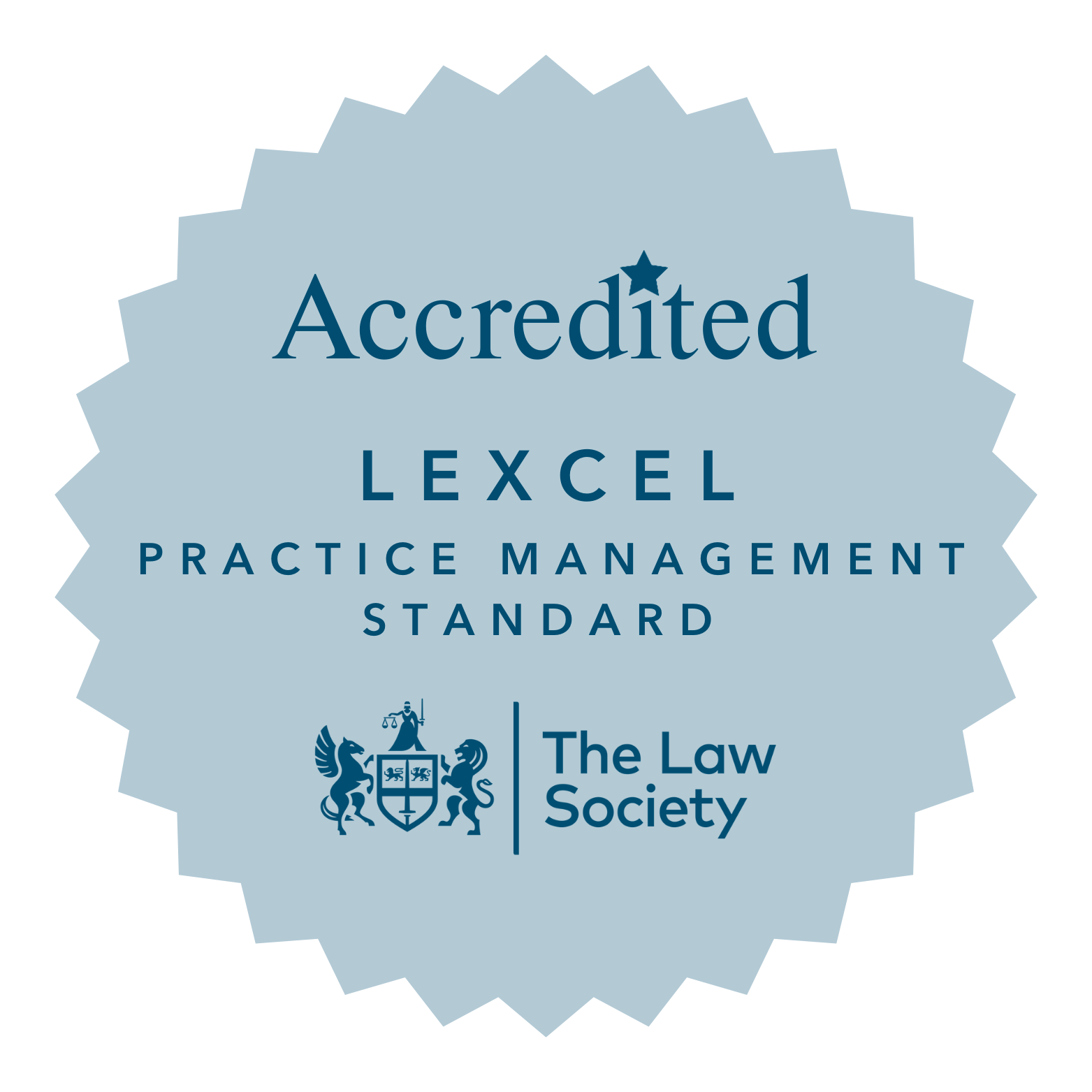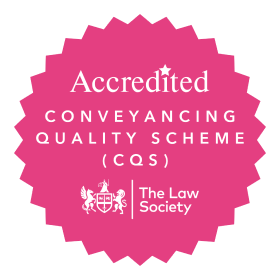
Boundary disputes are a common headache for property owners in England and Wales. Such issues can often lead to unnecessary conflicts, stress between neighbours and tense relations. However, navigating commonly held rights over neighbouring land (known as easements) or alternatively the Access to Neighbouring Land Act 1992 can provide an avenue for resolving disputes and allowing access in certain circumstances.
Common Boundary Issues
Before diving into the Access to Neighbouring Land Act 1992, it’s essential to understand the most common boundary issues that often arise:
a. Fences and Walls: Disputes can arise when there’s uncertainty about the actual boundary line, leading to disputes over fence placement or wall maintenance.
b. Overhanging Branches: When branches from a neighbour’s tree encroach onto your property, it can cause annoyance and potential damage, leading to disputes.
c. Encroachment: A common issue occurs when structures, like garages or extensions, cross the boundary line.
d. Trespassing: Neighbours or their visitors may trespass onto your land, leading to privacy and security concerns.
Easements
An easement is a legal right that one person has to use the land of another person for a specific purpose. The person with the right is called the “beneficiary” or “dominant owner,” and the person whose land is used is called the “burdened owner” or “servient owner.”
There are different types of easements. The most common ones include:
Right of Way: This allows you to walk or drive through someone else’s land to get to your property or another place.
Right to Light: This gives you the right to receive natural light through someone else’s property, like if you have windows that need sunlight.
Right of Drainage: This lets you use someone else’s land to drain water or sewage away from your property.
Easements can be created in different ways. Some may be written into the property’s deeds. Others can be created through long-time use or by agreement between the parties involved.
While you have the right to use the easement, you must use it responsibly and not cause any harm or damage to the burdened owner’s property.
Easements can be essential for making sure everyone can access their properties and enjoy their land rights without disputes or problems. They’re like the magical (and sometimes literal) bridges that connect neighbouring lands and make life easier for everyone involved.
Access to Neighbouring Land Act 1992
The Access to Neighbouring Land Act 1992 allows property owners to access their neighbour’s land under specific circumstances, such as conducting essential repairs or maintenance.
To utilise the act there are a some important preliminary considerations which should be pursued:
a. Notification: Before accessing the neighbouring land, you must notify your neighbour in writing, explaining the purpose, date, and duration of the access required. The notice should be given at least 14 days in advance, ensuring your request reaches them in time.
b. Mediation: If your neighbour disagrees with your request, it is best to try and mediate the issue before considering further action. Mediation services can help resolve conflicts amicably without resorting to legal action.
c. Practicality: Make sure the request is reasonable and proportionate
Quitting the Process
If the boundary issue escalates into a complicated legal battle or becomes too stressful, you may consider quitting the process. However, keep in mind that leaving the matter unresolved may lead to long-term dissatisfaction and ongoing disputes with your neighbour.
Why Make an Issue? While boundary issues and accessing neighbouring land can be complex and frustrating, understanding the Access to Neighbouring Land Act 1992 provides an approach to resolving disputes. Remember that seeking legal advice and mediation can be helpful in navigating more challenging scenarios. Addressing boundary issues promptly can lead to a more peaceful coexistence with your neighbour and a happier living environment for both parties involved.






